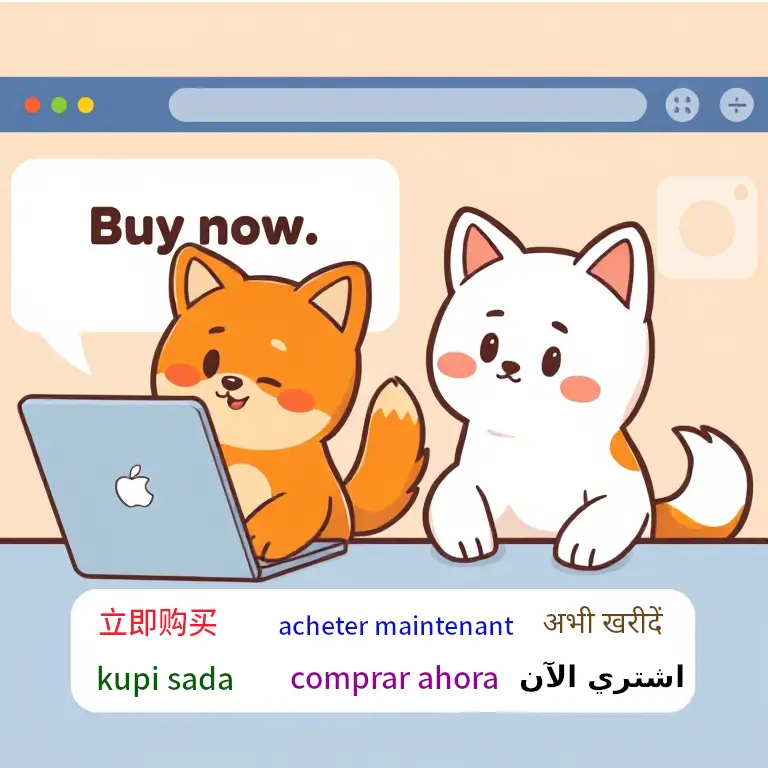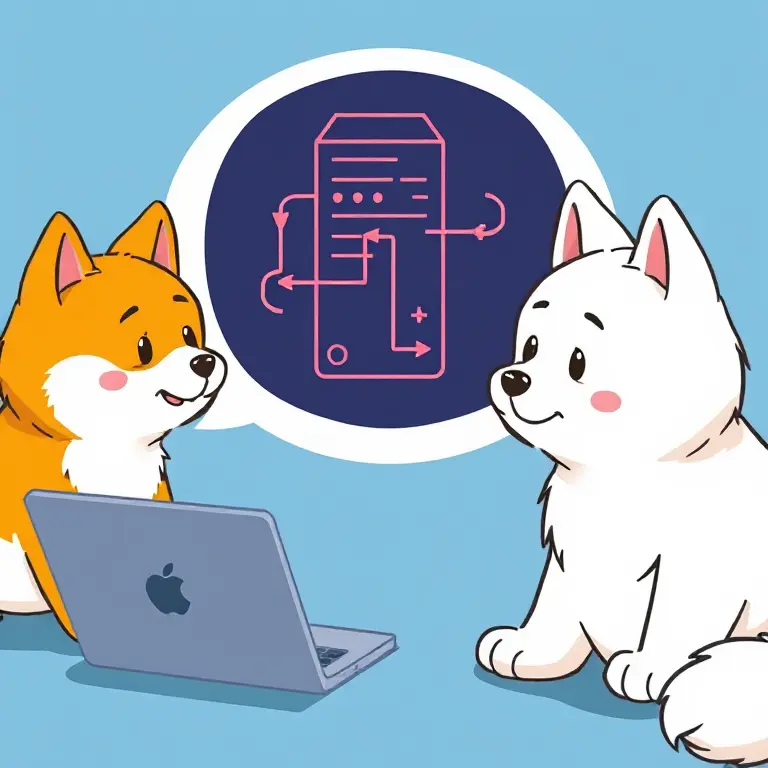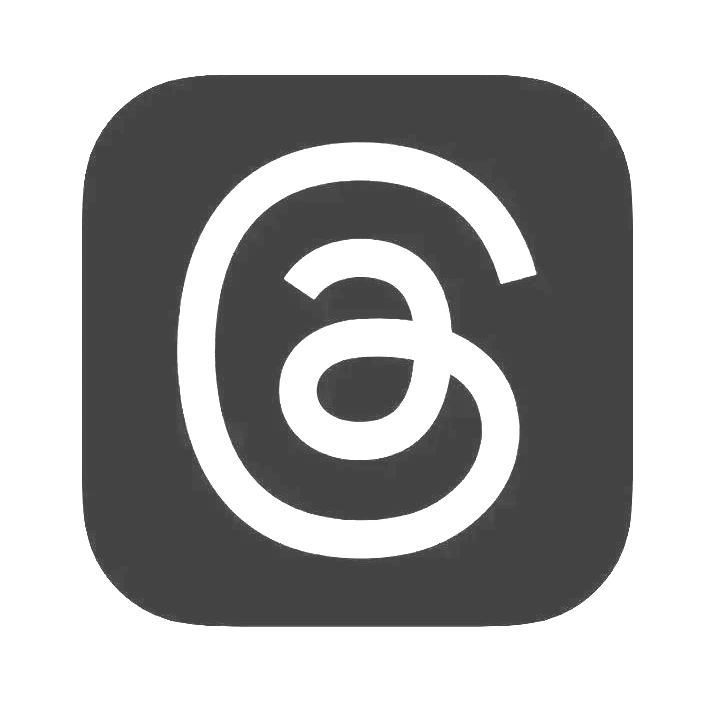माझे वेबसाइट स्वयंचलितपणे का अनुवादित करावे?

सामग्री
- परिचय
- How Webpages Appear in Your Customer's Browser
- What Your Customer Might Do
- The Pafera BabelShiba Project
- How Your Webpage Is Translated
- What Happens If I Don't Like Your Translation?
- How Much Does All This Cost?
- How Much of a Difference Will Auto Translation Make?
- निष्कर्ष
परिचय

How do our websites automatically appear in the customer's language?
I've received a lot of requests asking about how our server-side auto translation layer works, so to save myself many hours of answering the same questions over and over again with different accents and bad impressions of famous actors, it came to me that I probably should write an in-depth article about exactly how your website is automatically translated into your customer's language, what problems you might encounter, and how much it will cost you to expand your customer base into the global economy.
How Webpages Appear in Your Customer's Browser

When you click on a link, type a URL, or otherwise go to a webpage, this is how the page gets from the server to your screen:
Browser Hey, server at pafera.com! Do you have a webpage called /index.html? Server Yes, I do. Here you go! Browser Thank you! I'll show this to my user now!
As part of this process, your browser will send information about itself and your system. Part of this information is what languages you want to see. This normally comes from your system settings, but advanced users often set their desired languages in the browser settings as well.
My own browser is set for English, Chinese, Spanish, and Serbian in order of preference. So when my browser asks for a webpage, the conversation goes like this:
Jim's Browser Hey, server at pafera.com! Do you have a webpage called /index.html? I want the English version if you have one. If not, please give me the Chinese, Spanish, and Serbian versions in that order. Server I have a version available in English. Here you go! Jim's Browser Thank you! I'll show this to my user now!
This seems simple enough, but I'm not your average customer.
The conversation for your average customer might be something like this:
Customer's Browser Hey, server at pafera.com! Do you have a webpage called /index.html? I want the Spanish version. Server Sorry! I only have the English version. Here you go! Customer's Browser Only English? But my user doesn't know how to read English? What am I suppose to do with this? Server I don't know. Just render the page in English and let your user figure it out! Customer's Browser You're a horrible server! Server Sorry!
What Your Customer Might Do

Now, if your customer runs into a webpage in an unknown language and happens to be:
- using a recent version of Chrome or Firefox
- using a language supported by that browser
- and your server is configured correctly
their browser might be nice and offer to automatically translate the page into their language.
If not, then your customer will probably do some or all of the following actions:
- Stare at their screen wondering what to do
- Search for a language setting or country flag anywhere on the page
- Look through their browser's menus for anything that might help
- Go to Google Translate and try to translate your page
- Call up their father's brother's nephew's cousin's former roommate for advice
But most of the time, what will probably happen is option 6:
- Go to another website... one probably belonging to one of your competitors who just happens to have their native language available.
Clearly, this is not the best option for you, because
- You'll lose potential customers
- You won't get any more revenue
- You won't get the good word of mouth that satisfied new customers will bring to your brand
But there is a great solution that requires no extra work at all from your customers, and only five minutes from you.
The Pafera BabelShiba Project

The inspiration for this project comes from my many experiences traveling around the world where restaurants, hotels, and other businesses speak different languages, and communication between customers and businesses becomes difficult when one side cannot really understand what the other side is saying.
Before, we had to rely on printed dictionaries, traveling phrasebooks, or badly mangled output from a variety of translation programs.
In fact, if you were to tell someone in the translation industry that your website was automatically translated five or ten years ago, they would have laughed at you. While the simplest and most common phrases were easily translated, anything more complicated quickly became a mess of jumbled grammar and words that even Sherlock Holmes would have a hard time understanding.
Fortunately, in 2024, computer translation using the latest AI models from Google, DeepL, OpenAI, and other such companies has gotten to the point where the computer still won't entirely replace a human, but it can probably do 80 to 90 percent of what a human does.
That means that while your customer will encounter some oddly phrased sentences or word choices from time to time, the vast majority of what you're trying to say will be understood, and their level of frustration will change from "I never want to see this business again!" to "what do I want to order right now?"
And that means that even if you don't speak their language yourself, you can still do business with them.
After all, understanding 80% of what you're saying is still much better than understanding 0% of what you're saying.
This is an especially wonderful realization considering how globalized the world has become and how many people are frequently traveling around or even living in other countries in the modern era.
Even if you only run a small restaurant in a small town, there's a very good chance that someone speaking another language is already living in your town and will want your services.
There is no reason to avoid adding one more customer when the computer can do the work for you. If your customer can walk in the door at your business or go to your website and be automatically greeted with their language, that will automatically create a great first impression for your business.
And great first impressions lead to satisfied customers, increased revenue, and a better life for everyone.
How Your Webpage Is Translated

When you decide to partner with us, we will install a program called middleware on your server. This can take the form of an output buffering script for PHP sites such as WordPress or Drupal. For other setups such as Django, Spring, ExpressJS, Flask, and so forth, we actually insert a capturing layer into the processing chain itself since those software support middleware by default.
Regardless of what form this program takes, its job is to figure out what language your customer wants, what language your website offers, and whether translation is needed.
Let's say that your customer wants English, and your website is already in English.
Our program will see that the two languages are the same, and happily do absolutely nothing. The impact to your server is probably 0.0001 seconds.
However, if your customer wants Spanish, and your website is in English, then the program will check to see if it has already translated this page and stored a version of it on your server.
If the program can find the translated page, then it will load this page and send it over to your customer. The impact to your server is probably about 0.01 seconds.
If the program cannot find the translated page, then it will take what your website was about to send over to your customer, and send it over to our servers instead.
Our servers will examine your page and the customer's requested language. They will then figure out the best software to translate the page with based upon the languages, region, IP address, business context, and customer preferences, and then send the translated version back to your server.
The program on your server will store a copy of the translated page on your server for next time, and send the new page to your customer.
For the very first time that a page is translated, this process can take from one to five seconds depending on the translation method used and what region your servers are located.
For every time afterwards, it will only take about 0.5 seconds.
This means that with what will probably be a very small pause in your customer's mind, your website will automatically appear in their language without you or your customer doing anything at all.
It doesn't matter what tech stack you use, what device your customer is using, or what browser their neighbor's son installed for them last Tuesday.
It simply works.
What Happens If I Don't Like Your Translation?

There will be many times where you will want to adjust what the computer has translated, because even the best modern AI models like GPT4 will still miss the nuances and meaning behind more complicated sentences.
Additionally, our current models work for translations because they are trained upon thousands to millions of documents. If your particular language or style isn't very common, then accuracy will not be great either.
So if you notice that something on your webpage isn't quite right, then you can change the translation at any time.
If you paid for a one-time translation, you can find all of your translated pages in a folder called "paferacache" on your server. The page will be named by its URL and language code.
For example, a Spanish version of a page at /privacy will be stored as paferacache/privacy-es.html
You can edit this page using any app that you want, and the next time someone asks for this page, they'll receive your updated translations.
If you're paying for continuous automatic translations, then please login to your account at pafera.com, click on your user icon at the upper right corner, then choose "Custom Translations" from the menu. All of the pages that our system has translated for you will be listed here.
To change the translation:
- choose which languages you want to adjust the translations for
- click on the URL of your page to see all of the translations inside that page
- click on a translation to show the editing screen
- change the automatically translated text to your corrected version
- click "Finished"
Your website will be updated the next time that your server asks for a translated version of your page, which is normally half an hour or less depending on what you decided when we setup your server.
If you want your changes to take place instantly, then please go to your server's file manager and delete the cached pages in a folder called "paferacache" Once these files are deleted, then your website will update its translations with the next customer that asks for a page.
Also note that you should login and delete all of your automatic translations every three to six months.
This might sound a bit strange, but because current AI models are improving at such a rapid pace, if you didn't use a human translator to check your translations, you can probably get much better translations by deleting your previous translations and letting current models translate your text again. That way, your website will be updated with the newest and most accurate translations available.
Of course, if you don't feel like doing this yourself, you can just email us the changes that you want to make and we'll do it for you. Our consulting services are always available at a rate of 20 euros per hour, and we pride ourselves on the speed and efficiency of our work.
How Much Does All This Cost?

The simple explanation is the costs involved in translation are the number of characters multiplied by the number of languages.
For a more detailed explanation, we separate costs into one-time and continuous in order to better suit the needs of our customers.
If your website rarely changes, then it's enough for us to do a one-time translation of all of your pages and store them on your server. For smaller websites, this can be done starting at 50 euros. You just need to give us ssh/FTP access to your server and tell us which languages you want to enable. We'll do everything else.
If you update your website on a constant basis, then we'll perform the initial one-time setup, and then prepare a monthly plan for your business so that anything that you change will be automatically picked up by the system and translated for your customers. These monthly plans start at 10 euros per month for 200k characters translated and 30 euros per month for one million characters translated.
We can also find professional translators to go over your website and correct any translations that they find inadequate. How much these translators cost will depend on the languages used, and will be determined by the translators themselves.
For larger websites, your costs will be determined by how many characters that you translate... because that's how Google, DeepL, OpenAI, and other AI companies charge us when we translate your pages. These services keep track of how many characters go into their system and how many characters are produced by their system. They then send us a bill at the end of the month.
As of right now, we get charged about 25 dollars per million characters, so that is what we charge you as well plus a small fee for server and bandwidth costs. These prices should become lower in the future as translation technology and hardware rapidly improve, but it's something to keep in mind when you choose what languages you want to support on your website.
A couple of languages won't cost much at all, but a very large blog site with hundreds of articles supporting 50 languages will quickly become expensive. Our very own company website at pafera.com took about 200 dollars to translate into the top 50 most widely used languages in the world, mostly due to the large amounts of technical documentation on the site.
Therefore, we always recommend starting with only five to ten languages, and then enabling more languages as you have a better idea of the return on your investment.
All of this might sound a little bit daunting, but keep in mind that we also do all of the work for you. 97% of our business comes from satisfied customers referring us to their friends, so we will always keep your best interests in mind and be honest and transparent in all of our communication. We make our money by being actual people that you can contact and discuss problems with, not by being a faceless corporation who hides behind automatic emails and chatbots. Just schedule a free consultation with us and we'll be happy to listen to your problems and suggest solutions for everything.
How Much of a Difference Will Auto Translation Make?

The impact that automatic translations will make on your business will be different for everyone, but we can look to a couple of examples from the past in order to predict the future.
A survey of 8709 consumers in 29 countries revealed that 40 percent of global customers will never even consider your product if it's not presented to them in their native language.
Harvard Business Review notes that offering translations usually improves sales by 40 to 50 percent.
One particular blogger saw his search traffic increase by 47 percent and new users increase by 58 percent after offering his website in more languages.
84 percent of marketers worldwide have seen revenue growth by adding translations.
Clearly, even imperfect translations are creating more customers and increasing revenue.
Many businesses are afraid that bad translations might ruin their relationship with new customers, but the truth of the matter is that if you have ever seen someone get their phone out in order to translate your menu or click the translate option when they visit your website, you are already using automatic translations... just not translations that you control yourself.
Additionally, the number of customers who might be turned away by a bad translation is insignificant compared to the number of customers who will come *because* you invested in making your business accessible to them.
And as these new customers tell their friends about your business, you will gain even more customers in the future.
Exponential growth may start slowly, but over the long run, investment into expanding your customer base is a sure bet to grow your business.
निष्कर्ष

So to sum up this article:
- You can get more customers without doing any work
- You can get more revenue without doing any work
- You can leave a great first impression for new customers by welcoming them in their own language
- You can save yourself and your employees time and effort by having the computer do the work for you
- It's all available at very reasonable prices
- We will support you at every step along the way.
Don't wait for someone else to get ahead of you. Contact us now, and make your own future.
लेखक बद्दल |
|

|
90 च्या दशकात त्याला IBM PS/2 परत मिळाल्यापासून जिम प्रोग्रामिंग करत आहे. आजपर्यंत, तो अजूनही हाताने HTML आणि SQL लिहिण्यास प्राधान्य देतो आणि त्याच्या कामात कार्यक्षमता आणि अचूकतेवर लक्ष केंद्रित करतो. |






